How To Make A Vertical Pcv Pipe Vegetable Garden
Nature Urbaine is using PVC pipes to implement vertical structures for urban gardening that save space and resources and provide fresh locally grown produce. The garden will occupy 14,000 square meters on the roofs of the Versailles Exhibition Park in Paris, France when it is completed.
As soon as France loosened its coronavirus quarantine, Paris inaugurated what aims to become the largest urban vegetable garden in the world: Nature Urbaine, a concept developed by the French start-up Agripolis.
On site, the most advanced techniques of urban agriculture are applied. Aquaponics and aeroponics are two state-of-the-art growth systems which work without the use of soil and enable construction of light structures adapted to a roof. Instead of soil, a coconut substrate is used.
"The purpose of urban gardens is not to supply food to a metropolis like Paris, but to contribute to feeding the city in a more ecological way", explains the initiative's coordinator Sophie Hardy. "The vegetables are of high taste quality, with minimal transportation footprint. In this way, we avoid the 1,500 kilometers that the tomatoes usually travel before they arrive on our plates."
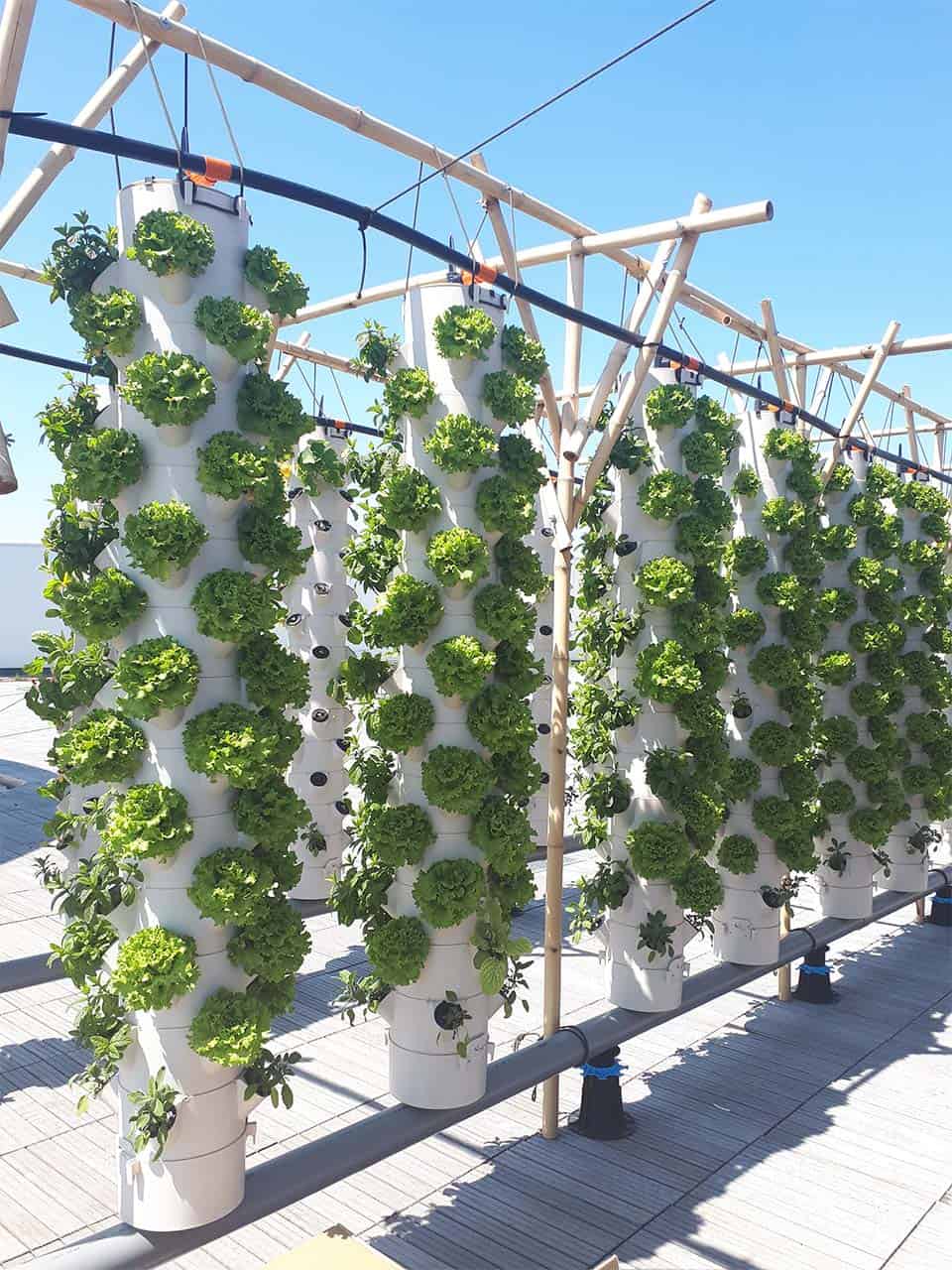
© Nature Urbaine
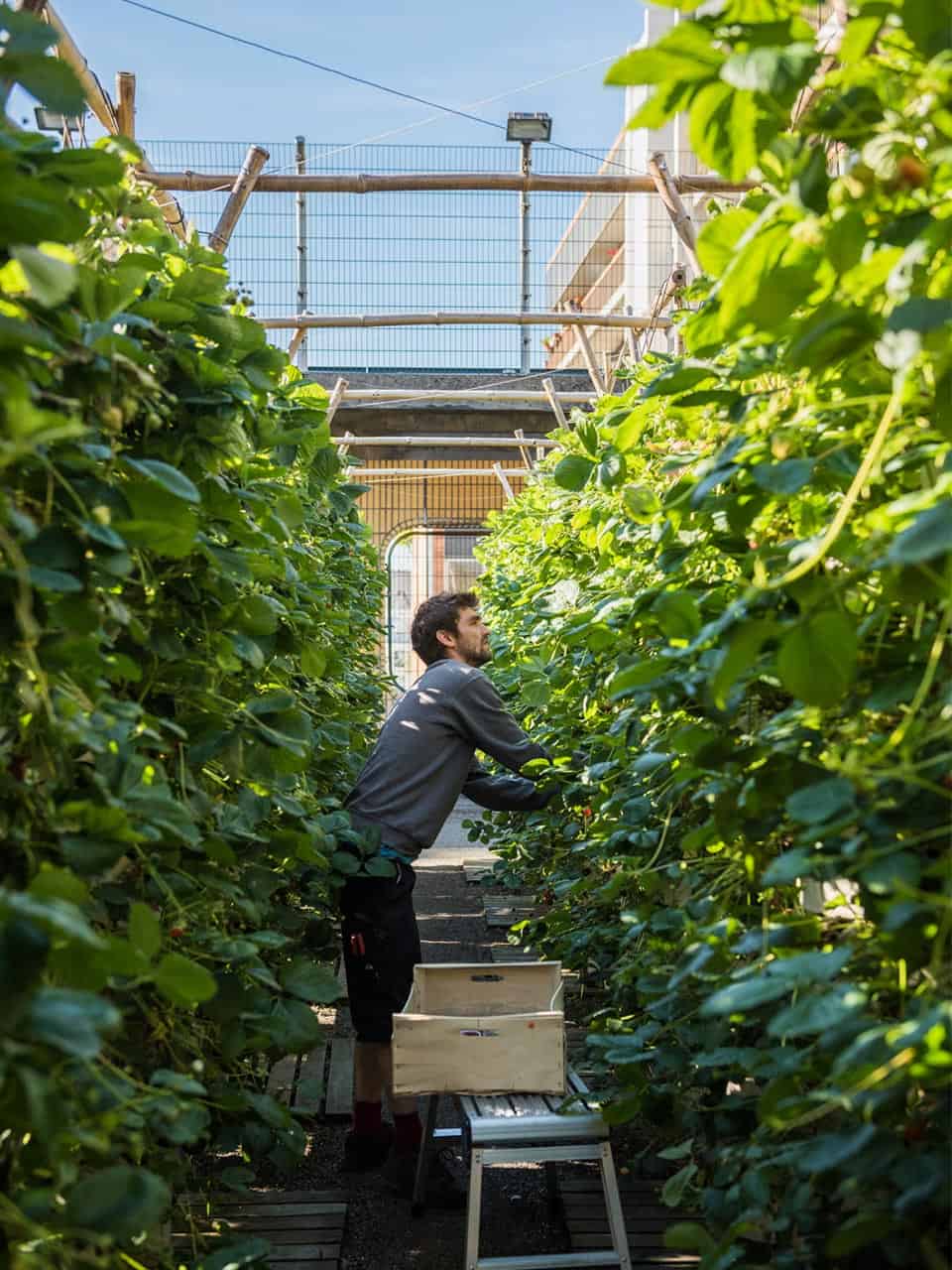
© Nature Urbaine
Vertical structures with PVC
In Nature Urbaine the plants grow upwards, supported by vertical columns of PVC pipes and bamboo, and not spread in rows on the ground, as in traditional farms. In this way, a square meter becomes five times more productive than usual.
For now, four thousand square meters are planted. The approximately 20 species of plants are automatically watered and fertilised, and 90% of the water used is recycled.
The most modern methods are the flagship, but the "real land" is not absent from the project. A part of the roof houses shared gardens that are rented by chefs, hotels or simply local residents, who can plant and participate in gardening courses.
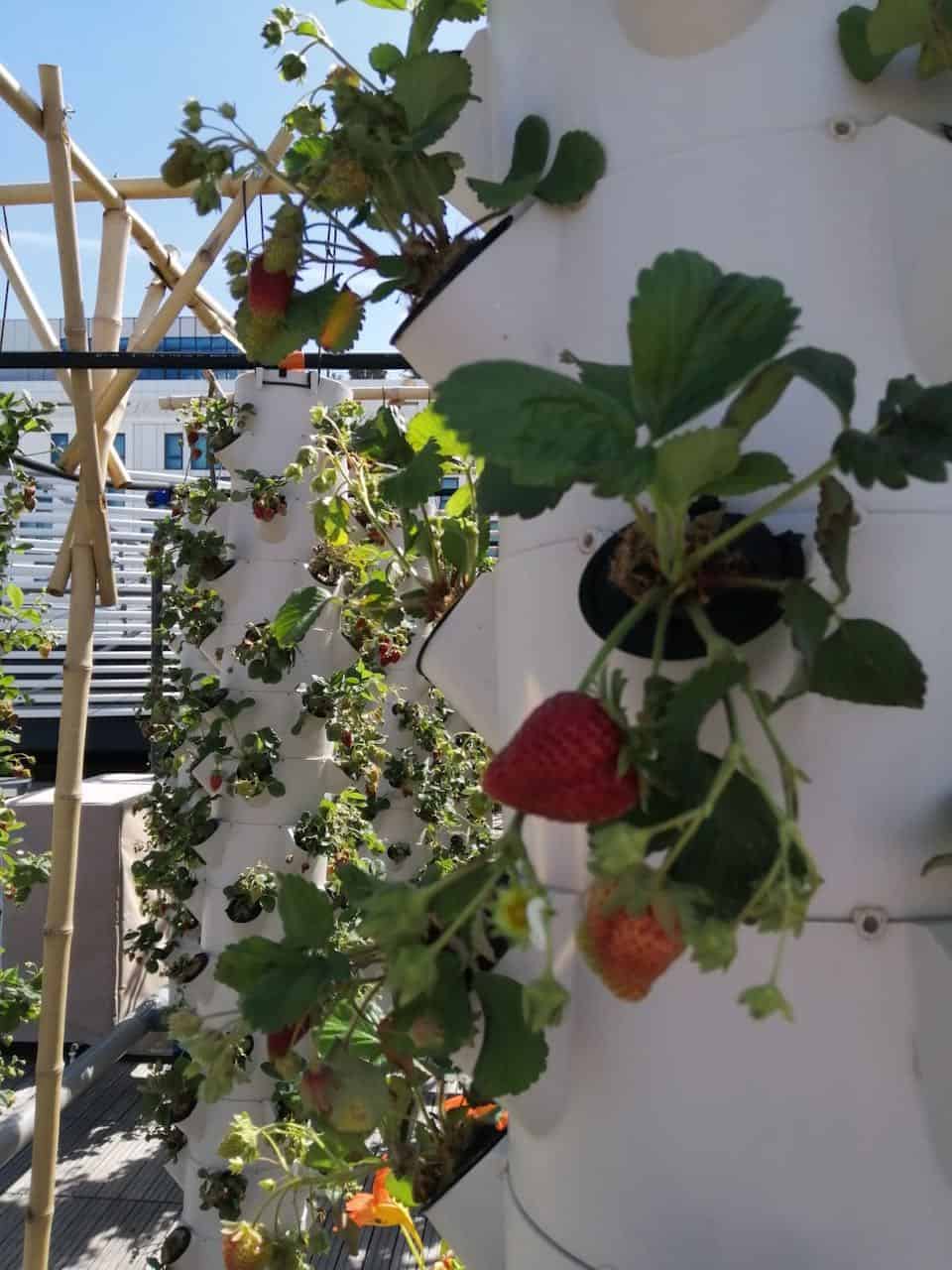
© Nature Urbaine

© Nature Urbaine
City-grown vegetables are safe to eat
Fruits and vegetables are already consumed on site: the recently opened Le Perchoir bar and restaurant, part of a trendy chain of rooftop bars in Paris, absorbs part of the production. The rest is sold in neighborhood markets.
Throughout the year, in normal times, the Exhibition Park of Versailles hosts some of the most well-known fairs in the world. Right next to it also passes the ring road of Paris, always congested. Nature Urbaine thereby becomes a green island in the midst of a busy city.
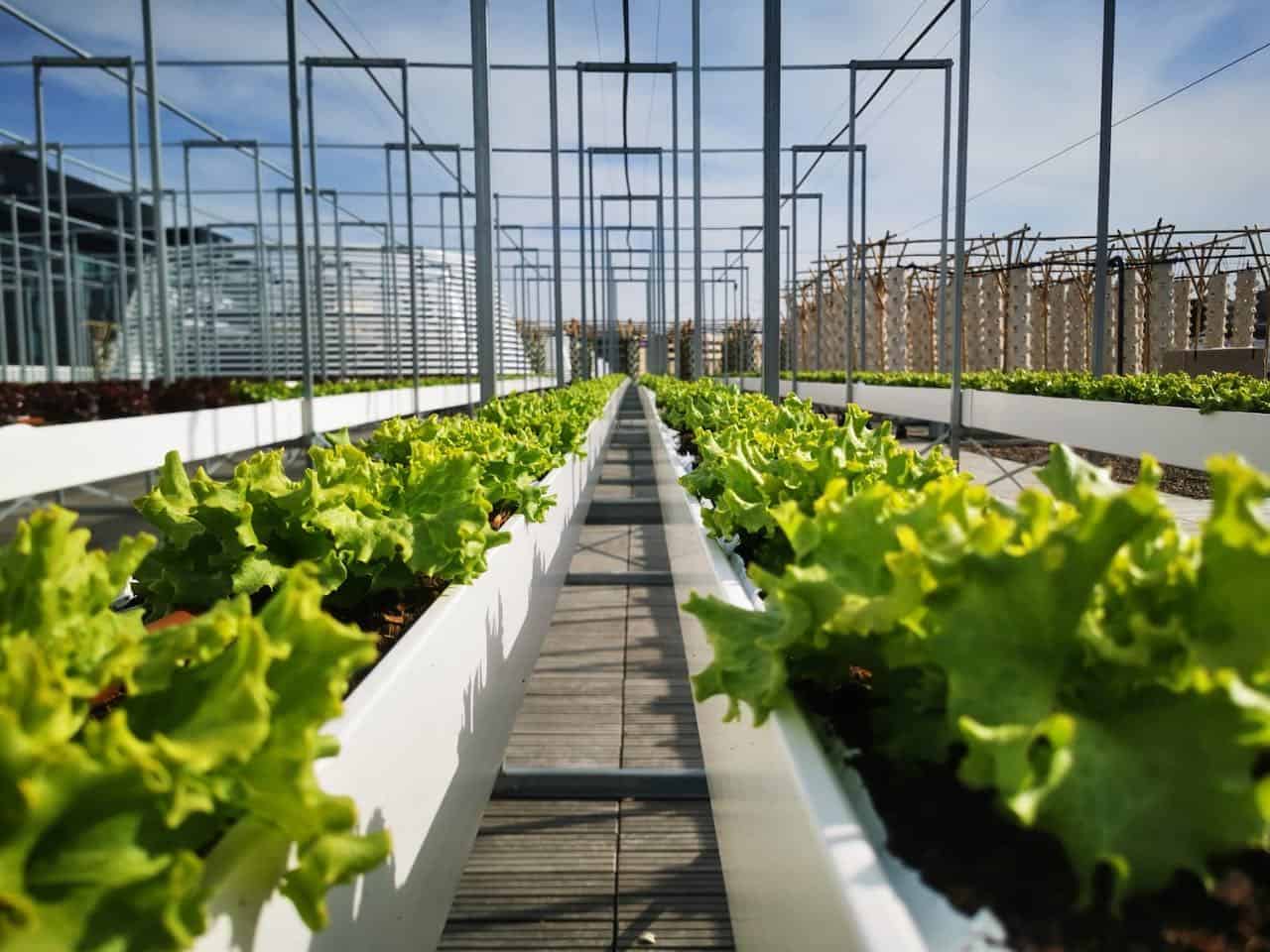
© Nature Urbaine
"Vegetables grown in cities are not polluted. Pollution enters plants through the roots, and in our case, the roots are protected inside the columns", emphasises the coordinator. "In addition, we are on a roof 15 meters above ground. Heavy metals do not reach that point. As for the fine particles expelled by the cars, just wash the fruits and vegetables as you normally would."
The forecast is that in two years the entire roof of Pavilion 6 of the Exhibition Park will be taken over by urban agriculture.
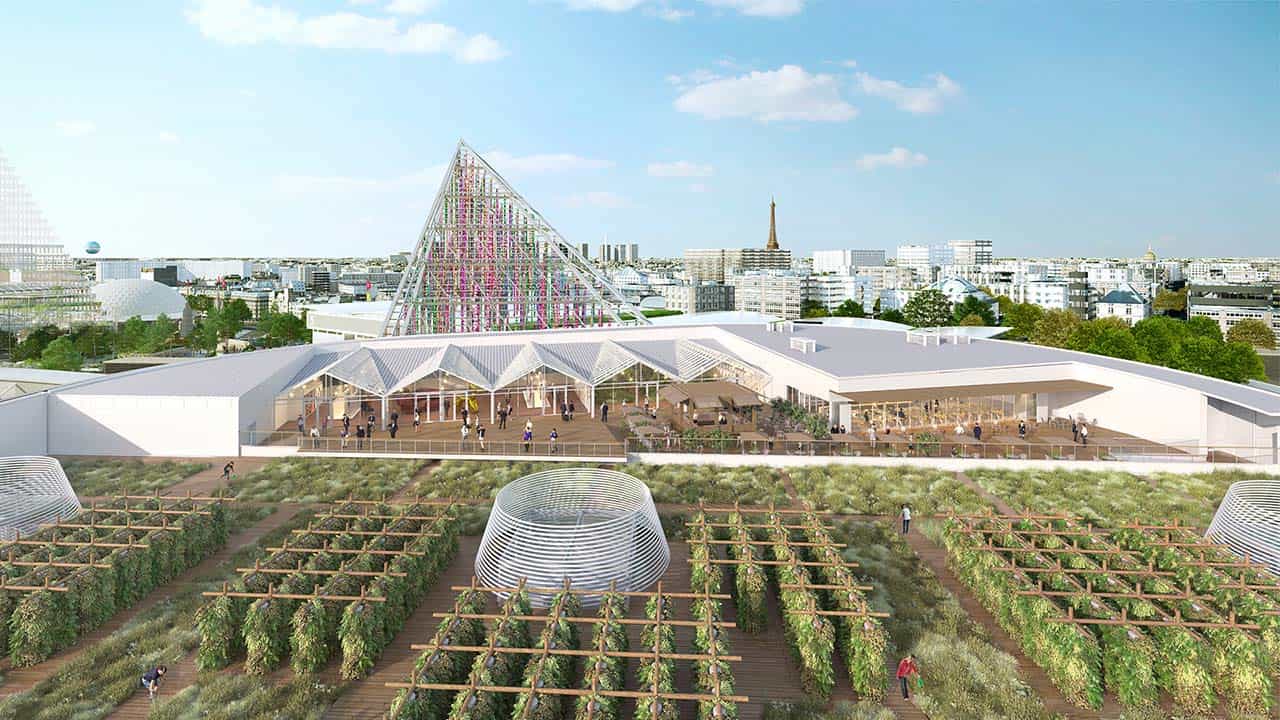
© Valode & Pistre Architectes
PVC – a chosen material for urban agriculture
Nature Urbaine is far from the first urban garden project that makes use of PVC's unique properties. For years, both the do-it-yourself crowd and professional urban farms have favoured PVC, as it is safe, durable, light weight, recyclable and affordable.
And it is not only virgin PVC that enables plants to grow. In many places in the world, creative minds have found a myriad of ways to reuse discarded PVC building products such as pipes and gutters for urban gardening.
In Aarhus, Denmark a VinylPlus-supported urban garden project has gathered local enthusiasts, non-profit organisations, community centers, architects, authorities, waste owners and PVC converters. In the project the life of discarded PVC construction products is prolonged before they are sent to recycling. The construction products are given a new function as plant boxes. In doing so, climate reductions are obtained while developing local sustainable food production.
Learn more about the project.
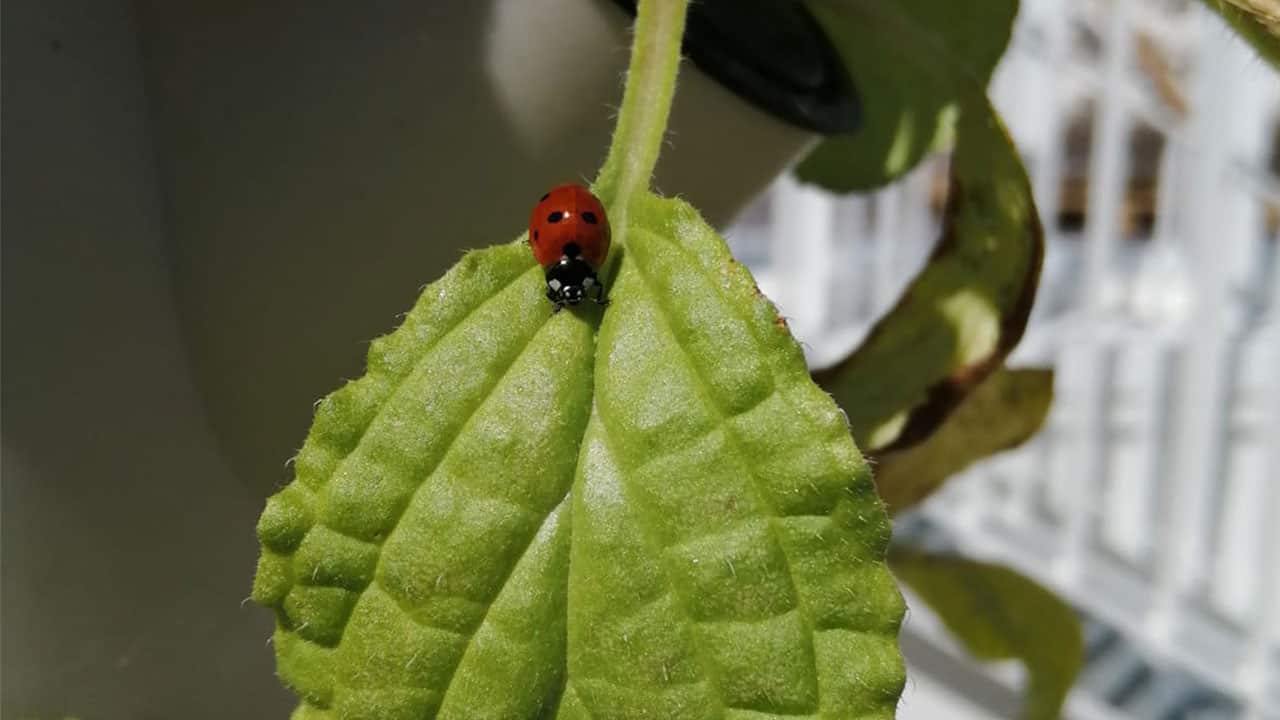
© Nature Urbaine
Urban agriculture with PVC pipes contributes to a better trade-off between SDGs
Urbanisation is set to continue its rapid pace in the coming years. At the same time global population growth means there will be more mouths to feed. Usually, cities are built on prime agricultural land. This creates a potential conflict between two Sustainable Development Goals: SDG2 and its aims to end hunger, achieve food security and improve nutrition and promote sustainable agriculture, and SDG11 and its objectives of making cities inclusive, safe, resilient and sustainable.
Urban agriculture using PVC pipes contributes to a better trade-off between the two SDGs. Hydroponics, aeroponics, vertical farming and the other urban growth systems make cities more resilient and sustainable and can support development of green spaces. At the same it enables local food production that supports nutrition security and income generation.
This story has been adapted from an article published on the website of Instituto Brasileiro do PVC.
How To Make A Vertical Pcv Pipe Vegetable Garden
Source: https://pvc4pipes.com/2020/07/09/pvc-pipes-help-make-worlds-largest-urban-garden-come-true/
Posted by: hatchsubte1954.blogspot.com

0 Response to "How To Make A Vertical Pcv Pipe Vegetable Garden"
Post a Comment